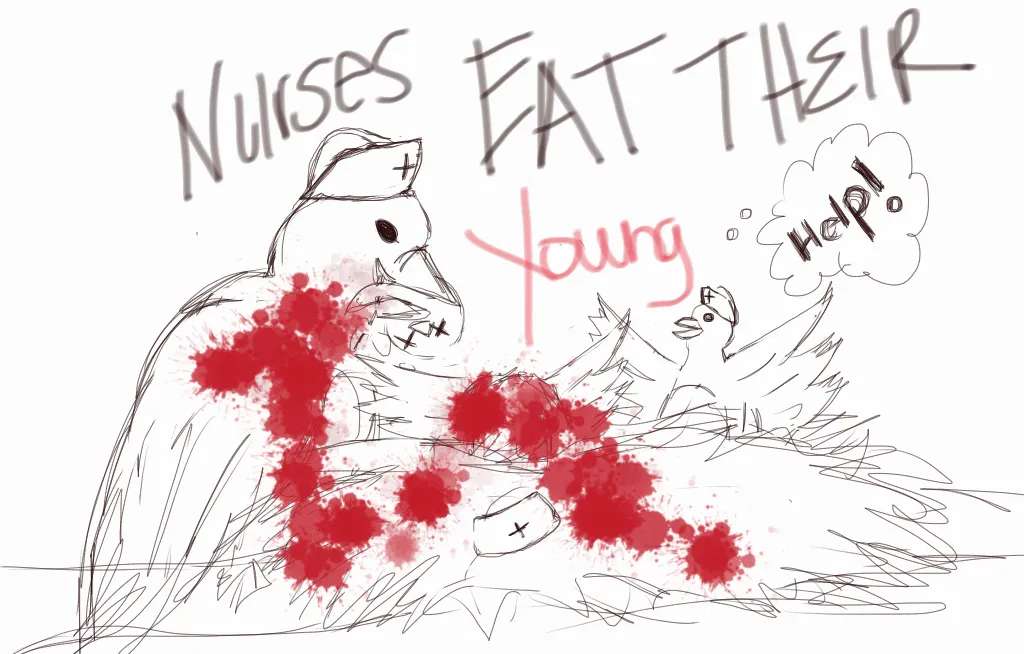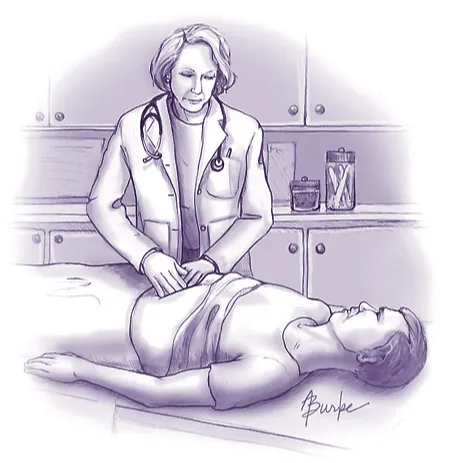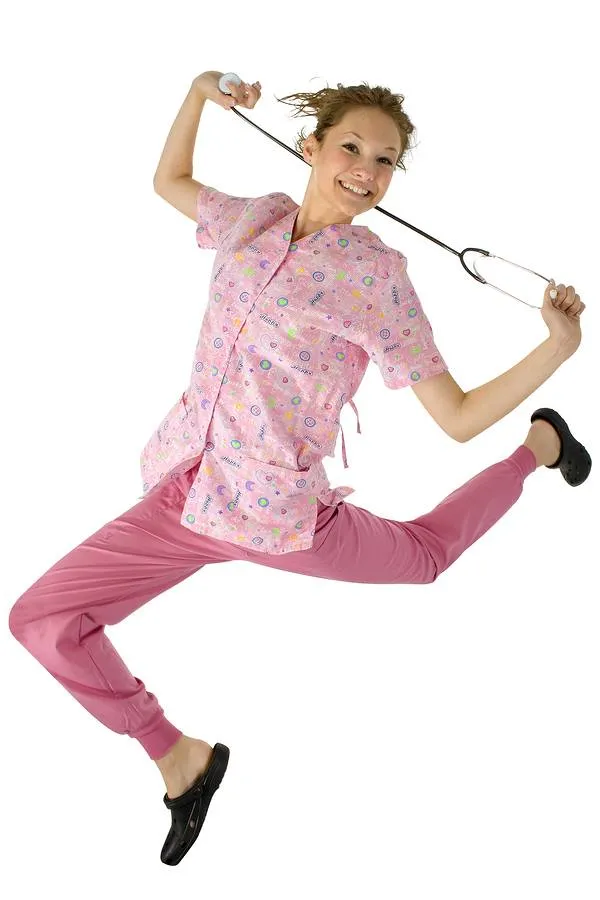Falls Journal of Nursing

The Effect of Increased Nurse-to-Patient Ratios in Hospitals and Skilled Nursing Facilities Related to Patient Falls and Pressure Injuries
Tags: acute care falls Nurse-to-Patient Ratios Patient Falls patient outcomes Pressure Injuries work environment
There has long been a debate between healthcare administration, politicians, payers and nurses on the issue of safe staffing and the effect of nurse-to-patient ratios in hospitals and Skilled Nursing Facilities (SNF). The purpose of this paper is to review research articles related to the effect of nurse-to-patient ratios at hospitals and SNFs on the fall rate and pressure injury rate of patients. It is the hypothesis of this paper that there will be a positive effect for patients related to the improved nursing ratios. Upon reviewing five solid research articles, as listed in the later part of this paper, the hypothesis is supported by solid evidence that both pressure injuries and fall rates of patients in the hospitals and SNF settings are directly improved by increased nurse staffing. The recommendation made from this review is that states improve regulations for hospitals and SNFs to increase and maintain adequate nurse staffing as it has a direct positive effect on patient outcomes.
Read More →
Post-Fall Care Nursing Algorithm
Tags: clinical Clinical Education fall care fall prevention falls nursing
Post-Fall care practices are an integral aspect to patient care. As we care for older adults it is important to consider post-fall care practices.
Read More →
Haddon's Matrix and Falls Prevention
Tags: fall fall care fall prevention falls patient room
Haddon’s Matrix is an injury prevention tool that has been utilized for analyzing and preventing injuries related to auto accidents, snowboarding, and water safety, among others. A review of the literature revealed no use of Haddon’s matrix with regard to patient falls investigation or prevention. The purpose of this brief communication is to introduce the potential utility of the matrix for falls prevention and investigation.
Read More →
Preventing Falls in the Elderly Long Term Care Facilities
Tags: elderly elderly care fall prevention falls health nurse risk risk factors
The elderly long-term care population is at increase risk for falls and fall related injuries. The implementation of a fall prevention program is important for ensuring resident safety. Systematically assessing residents’ risk for falls and implementing appropriate fall prevention interventions can reduce the number of falls in the elderly long-term care residents.
Read More →
Videos, Bells and Whistles; Fall Risk or Injury Prevention?
Tags: acute care fall fall prevention falls hip fracture injury litigation prevention risk
The term “Never Event” is not friendly. Never events consist of 28 occurrences on a list of inexcusable outcomes in a healthcare setting. They are defined as "adverse events that are serious, largely preventable, and of concern to both the public and healthcare providers for the purpose of public accountability.
Read More →Get Published for Free
Browse by Tag
advocate aging anesthesia behavior cardiac care Case Study child children clinical compassion COVID-19 critical care death diabetes disease education emergency department end of life ethical principles ethical values ethics future of nursing health health care ICU medication mental health nurse Nurse Education nursing nursing education nursing ethics nursing faculty nursing school nursing students PACU patient care patient outcomes patient safety pediatric poem profession risk factors stress student nurse students teaching therapy treatment
Most Popular Last Month
More from RN Journal
Integrating Large Language Models and Artificial Intelligence in Nursing Education
Sickle Cell Disease
RN's informed about skills of Occupational Therapist & Physical Therapists
My Journey With Asplenia...So Far
Multimodal Analgesia: Ways to Take Away the Pain
Knowing Transfusion-Related Acute Lung Injury
The Role of Technology in Modern Nursing: Transforming Patient Care
Celebration Party
The Nursing Image: A Position Paper









